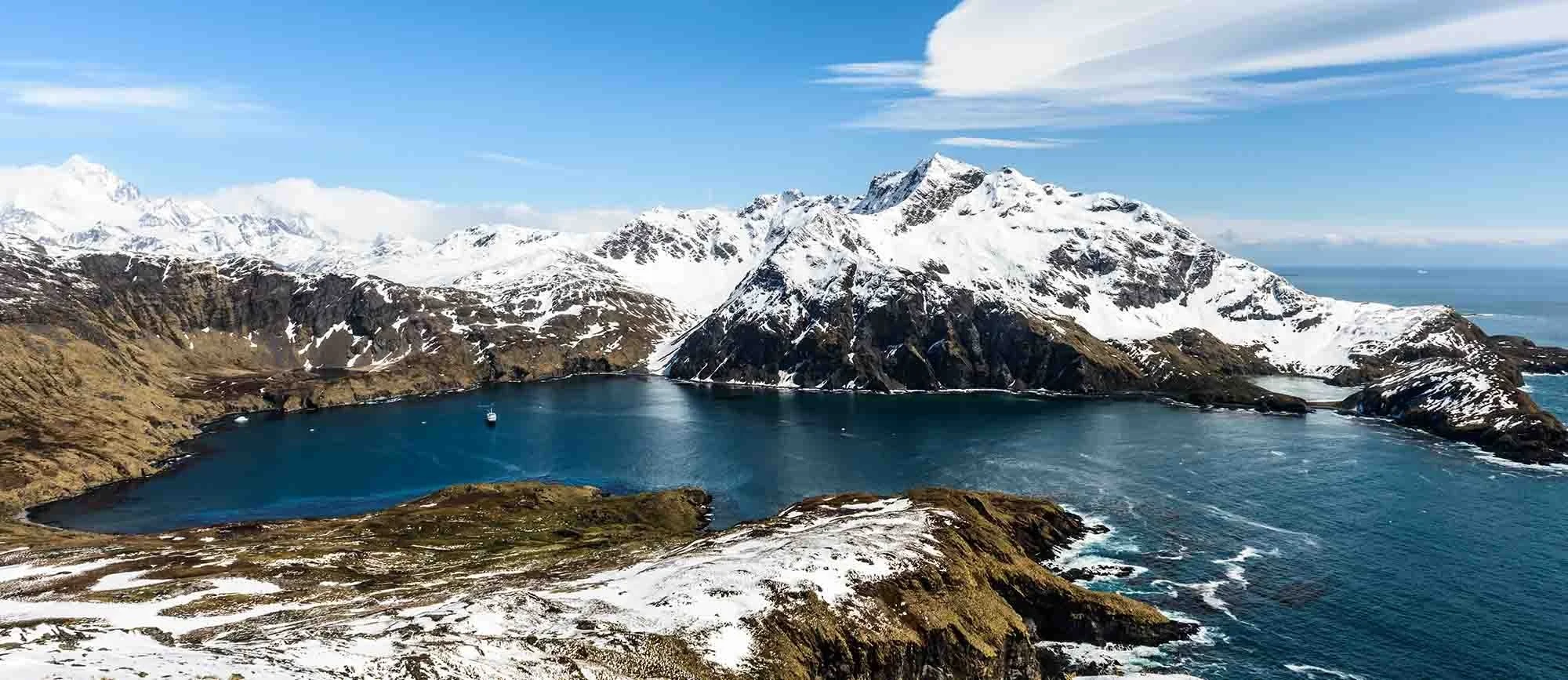
The world's largest iceberg runs aground before colliding with the British island of South Georgia | Travel News
Concerns had arisen that the extensive ice formation posed a threat to a critical marine wildlife breeding zone, home to a substantial population of seals. Antarctic researchers closely monitored the movement of A23a, the planet's largest iceberg, due to its potential impact.
The massive ice block was on a course towards the British territory of South Georgia, yet, as reported by Afp, the iceberg appears to have become stationary approximately 73 kilometers from the island's coastline. This isolated Antarctic island hosts a crucial wildlife breeding ground, which, as per the British Antarctic Survey research team, is currently not under immediate threat.
This colossal ice structure, spanning roughly 3,360 square kilometers, had been progressing towards South Georgia since December, prompting scientists to worry that detached ice fragments could obstruct marine access for breeding sea lions and penguins. However, since the first of March, the iceberg has remained aground 73 kilometers offshore, as stated in a British Antarctic Survey press release.
Oceanographer Andrew Meijers, who oversees satellite tracking of A23a, stated, "If the iceberg remains fixed in its current position, we anticipate minimal disruption to the local wildlife." He elaborated, "Historically, numerous icebergs following this path through the Southern Ocean have fragmented, dispersed, and ultimately melted quickly."
Nonetheless, there have been past disruptions to commercial fishing; should the iceberg fracture into smaller segments, regional fishing activities could become more challenging and potentially hazardous. Conversely, nutrients released through grounding and melting could enhance food availability for the entire regional ecosystem, including penguins and seals.
A23a detached from the Antarctic continental shelf in 1986 and remained stationary for over three decades before finally becoming mobile in 2020. In January, a 19-kilometer section broke off, but scientists were unable to precisely forecast the implications for the ice giant's trajectory and future.
